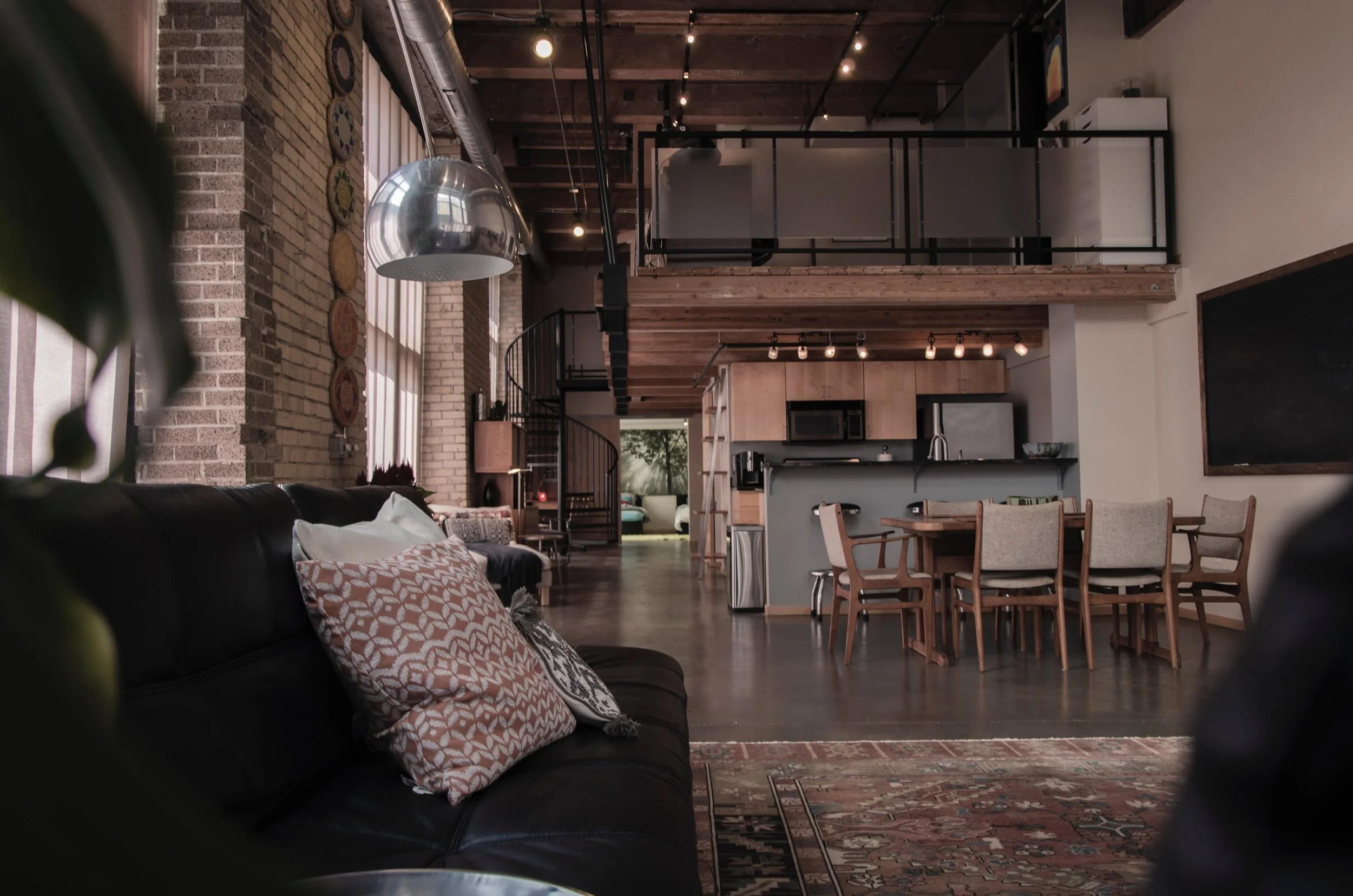To Move, or to Maximize Space? That is the Question.
My husband and business partner Karim and I have been mulling this over recently. Should we move house to a bigger home, or maximize the space we already have?
In doing so we are faced with one of the dilemmas of our time… there is a crisis of personal space, and with the urbanization of society it is only going to get worse. People everywhere are moving to the city, provincial towns are suffering terribly, and as such inner-city space is running at a premium.
This is perhaps one of the key factors holding London property prices up, while all around there seems to be a fall going on.
And given that moving is becoming increasingly expensive, with stamp duty at an all time high, what are your options to create space where you already are? The traditional choices are ever-present: go up, go down, extend, re-configure, or build a pavilion (a posh shed) in the garden.
But above and beyond these stalwart suggestions, what are the less common alternatives to creating the space you crave? Here are three trends we see becoming increasingly popular, in both the houses we are developing for our clients and in new stock coming on to the market, where people are thinking more intelligently about space than ever before:
1. Mezzanine lofts…
When it’s not possible to go up further, loft conversions are not an option – so turn yours into a mezzanine instead. This means you get around the planners, and even if you don’t use the space as an emergency bedroom for visiting relatives, you will still have new square footage for children to enjoy, or for storage – which is often half the battle where space is concerned.
2. Think about what you need space for…
Often we find clients are making do with the layout they were given, despite their needs from a lifestyle perspective. Whether or not you are a professional or if you work at home, and of course if you have kids, will impact these decisions hugely. Do you need a big kitchen? Or would you prefer a playroom? Is a study really necessary or would you be better off with an extra bathroom? If your garden is unused then an office in the outside space (that evades planning if under 2.5m in height, BTW), can make an attractive addition to potential buyers or renters.
3. Turn furniture into storage, and storage into usage.
Most commonly we see new bathrooms as being possible in places where clients have not considered such a possibility. Cupboards under stairs can easily be turned into shower rooms, and this translates into additional value… and shorter queues to freshen up every morning. Added to which, fitted furniture and other design evolutions such as ottoman beds are now widely available, which increases storage and practicality further as you maximize your available space.
4. Punch above your weight.
Leave no stone unturned in your quest for the right expertise, support and materials. Taking time to build relationships and connect with the right people in the industry can see discounts of 50% on the overall cost of your work, and you can easily end up with something that looks like it cost £500k, for £200k. Use independent designers and contractors, and dig deep while cost the work up – patience and tenacity brings big savings.
5. Don’t spend any money you won’t get back when you sell.
Adding value to your home is the first rule. Three strategically executed projects over five years can easily add 25% to the sale price of your property, so it’s always worth asking what people are looking for, and then speaking to that with your design intentions. And remember, in accordance with point 2, it’s nice to create bespoke things that suit your lifestyle, but anything too ‘non-universal’ can hinder a sale rather than support it. Not everyone wants mirrors on the bedroom ceiling.
By now you are probably guessing what we have decided to do… possibly inspired by the fact that there is now an interior design competition called ‘Don’t Move, Improve’, we are staying put, and further developing our house in West London’s Brackenbury Village.
We are using the exercise as a chance to share different ways to use space from a design and lifestyle perspective, and will blog about our developments over the summer, before our own re-launch in September.
We hope to show that imagination is often our best asset when it comes to design and development, and that through an in-depth knowledge of our client’s lifestyle, together with up to date property trends, we continue to demonstrate best practice in the area of property acquisition and development, in the prime residential London area.

